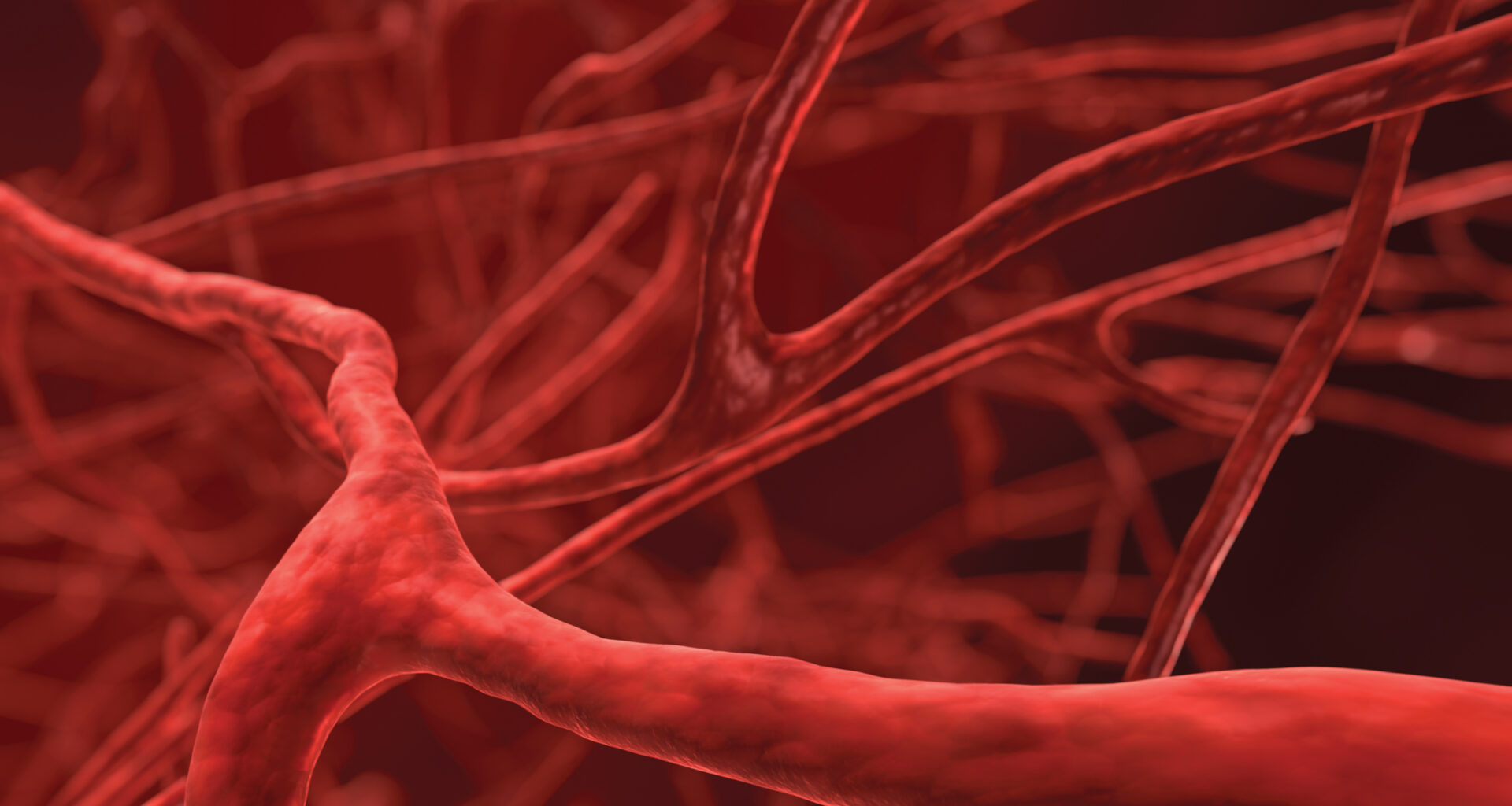Goal to help doctors identify high-risk patients
“Our findings give doctors a clearer map of the disease. This new classification system could help hospitals identify each patient’s specific subtype more accurately. It may allow doctors to select treatments that are better suited to each subtype, potentially improving outcomes and reducing unnecessary side effects. The classification could also be used to predict how the disease might develop, making it easier to intervene early in high-risk cases”, says Prof. Pan-Hammarström .
The next step for the research team is to confirm the results in larger and more diverse patient groups. They also plan to study immune-related biomarkers in more detail using single-cell sequencing. The goal is to develop tools that help doctors identify high-risk patients and tailor treatments to each individual.
The study was funded by the Swedish Cancer Society, the Swedish Research Council, Radiumhemmets, the Mayo Clinic and KI collaborative grant, the Knut and Alice Wallenberg Foundation, and the O.E. and Edla Johansson Foundation. The authors report no competing interests.
Publication
Ren W, Yang M, Wang X, Nie M, Huang Y, Wan H, Liu D, Li X, Ye X, Meng B, Jiang W, Huang H, Li Z, Zhang H, Wu K, Pan-Hammarström Q
Cell Rep Med 2025 Aug;():102278
